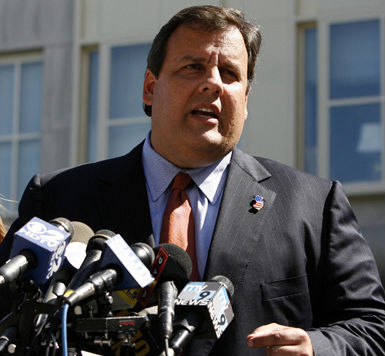In what has become an annual tradition, ratings agency S&P has threatened to further downgrade Illinois’ credit rating, whose bonds already carry among the lowest ratings in the country.
The main factor, according to S&P, was the status of the state’s pension reform law, which sits in legal limbo until a court decides its constitutionality.
From Reuters:
Standard & Poor’s Ratings Services on Wednesday warned that Illinois’ already low credit rating could sink further if the state is unable to implement reforms to curb its big unfunded pension liability and balance its budget.
The credit rating agency revised the outlook on Illinois’ A-minus credit rating to negative from developing, citing a recent state supreme court ruling that could derail a new pension reform law and the state’s structurally imbalanced state budget.
“If the pension reform is declared unconstitutional or invalid, or implementation is delayed and there is a continued lack of consensus and action among policymakers on the structural budget gaps and payables outstanding, we believe there could be a profound and negative effect on Illinois’ budgetary performance and liquidity over the next two years and that this could lead to a downgrade,” S&P said in a statement.
It added that Illinois could achieve a stable outlook if the pension reform law Illinois enacted in December withstands constitutional challenges and the state takes “credible action” to balance its budget.
When a state’s credit rating is under review, ratings agencies assign it to one of three categories: positive, negative or developing. Positive indicates that the rating agency holds a positive outlook for the state’s credit rating and will likely upgrade it in due time.
Illinois’ outlook was previously developing. Now, it is negative, meaning S&P will likely downgrade the rating sooner than later.
S&P added, however, that Illinois could avoid a downgrade if the state’s pension reform law passed legal muster.










